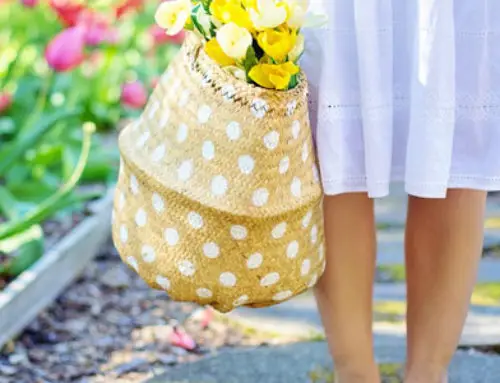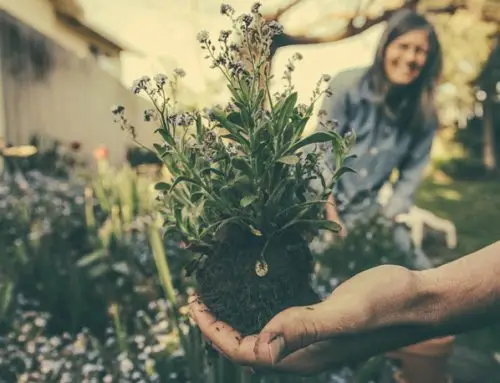During the warm summer months, many houseplant owners move their houseplants outside so that the plants can enjoy the sun and air. However, once these tropical plants are exposed to autumn’s chilly nights, it’s a signal that it’s time to bring them back indoors. The cooler air can damage tender tropical leaves and colder temperatures can cause flower buds to drop. There are many reasons you should be bringing your plants indoors for the winter.
This change in temperature can cause real havoc with your tender tropical plants, so you need to take action before any damage occurs. Most houseplants can exist outside as long as temperatures remain above the 45-48 degree mark, but when that temperature dips below, you’re flirting with danger that could be irreversible. This is enough of a reason to bring outdoor plants inside.
Acclimatize:
Bringing plants inside for winter requires a few precautions to acclimatize plants of the environmental change they are about to experience. Just picking up the pots from outside and taking them indoors is not an easy transfer because you run the risk of sending your houseplants plants into shock. The steps for acclimatizing plants indoors for the winter transfer is not difficult, but without taking the proper steps, your plants may experience shock, wilting and leaf loss.
You have to be aware that the light and humidity changes from outside to inside are dramatically different, so for the next few days, start by bringing the houseplant in at night and move it back outside in the morning. Then, over the course of two weeks as the plant is acclimatized to this ongoing process, increase the amount of time the plant spends indoors until it’s inside all of the time.
You should also remember that plants indoors retain their moisture level better in comparison to outside plants, so they will no longer require the same amount of watering. Once they are back inside, water only when the soil is dry to the touch and perhaps find a location for them to help maximize the amount of sunlight your plants get through the windows.
Leaf-Dwelling Pests:
Before you bring your plants in for the winter months, you want to check for any pests that may be hitch-hiking a ride on the leaves or soil from being out in the great outdoors. This issue is one of the most common for houseplants when coming back indoors and it’s important that you check for them and remove them.
Leaf dwellers may include aphids, spider mites, scale, mealybugs’ spiders, gnats or lacewings. You want to carefully the examine leaves and stems, particularly the underside since that’s where the insects like to hang out.
The simplest method for removal is to hose down plants with a hose using a gentle spray nozzle so you can direct water underneath foliage and avoid tearing leaves from stems. You can also dunk smaller plants into a 5-gallon bucket of water adding a few drops of liquid dish or hand soap for 15 minutes to that the insects on leaves will flee. Do not dunk plants that demand dry soil, such as succulents, cactus or plants that go dormant for the winter.
Soil-Dwelling Pests:
In addition to invading the leaves of plants, insects can also set up housekeeping in the soil of plants. The type of insects that set up house in the soil includes slugs, sow bugs, earwigs, fungus gnats and ants. Remove plants that are in small containers and examine soil where slugs, sow bugs and ants are more likely visible on the outer layer of soil near the drainage holes. If you find them, flick them off. Insects like fungus gnats and earwigs usually reside in the upper regions of soil, so a good dunk in water will remove them too.
If your houseplants are in large containers, apply an insecticide to the soil surface and also to soil inside drainage holes. When applying the appropriate amount according to instructions, you’ll kill the insects or cause them to exit.
Start Off Next Season Right:
By following a few simple steps to bring your houseplants back indoors after a glorious time in the great outdoors, you can be assured that they will continue to be healthy and happy for the next summer season on the deck.
Each Employee at Evergreen Landscapes has a horticulturist diploma and can help deliver you the best overall Property Maintenance available in Burlington, Waterdown, Aldershot, Dundas and the Ancaster areas.





